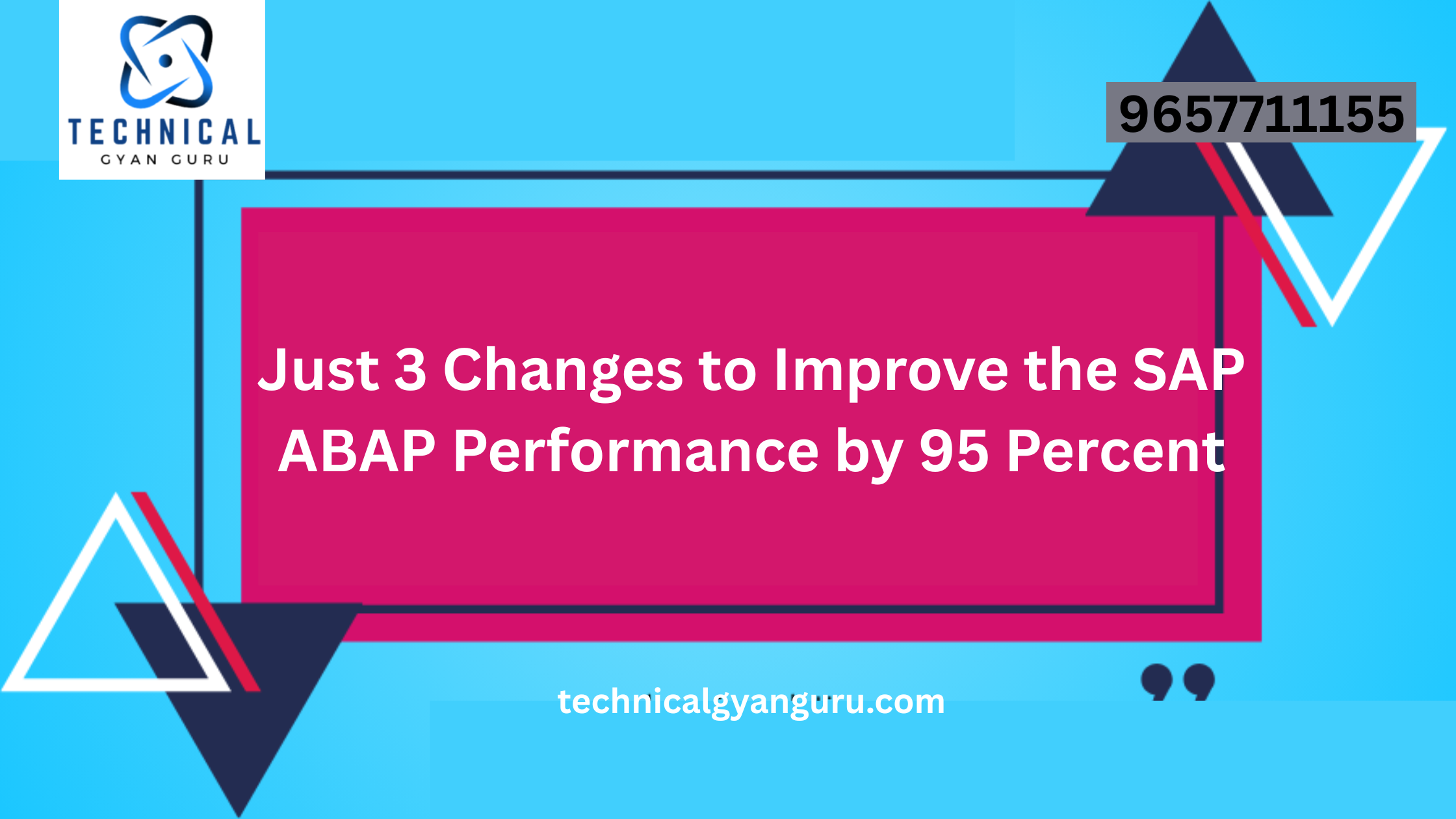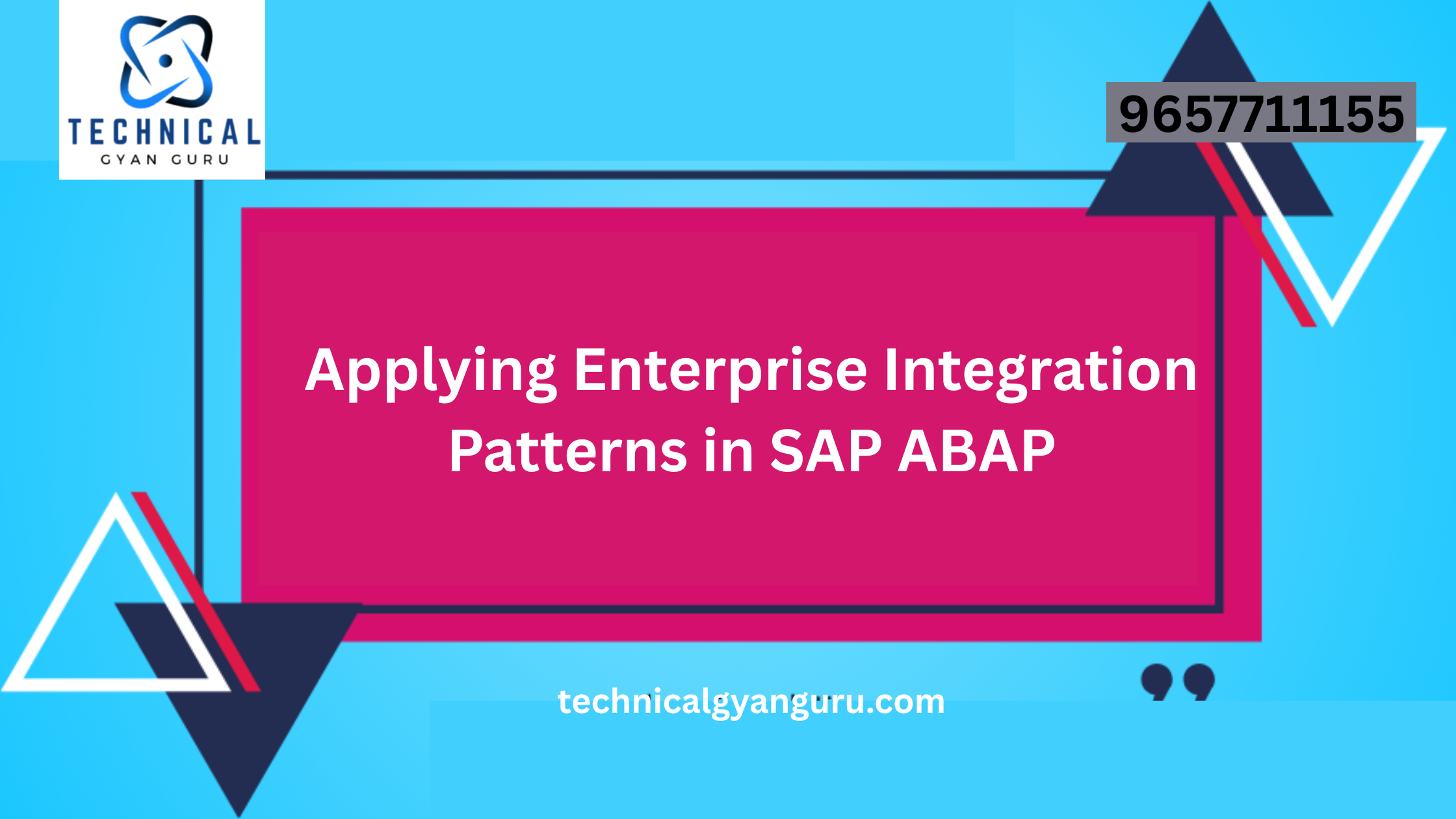Introduction: SAP GRC Transaction Codes
SAP GRC Transaction Codes: In the ever-evolving landscape of business, enterprises are constantly seeking ways to streamline their operations and enhance governance, risk management, and compliance (GRC) practices. SAP (Systems, Applications, and Products) is a leader in providing integrated business solutions, and its Governance, Risk, and Compliance (GRC) module plays a pivotal role in ensuring the seamless functioning of organizations.
One of the key aspects of SAP GRC is the utilization of transaction codes, which are alphanumeric codes that enable users to access specific functionalities within the system. In this blog post, we will delve into the realm of SAP GRC transaction codes, exploring their significance, and providing a comprehensive guide for users.
Understanding SAP GRC Transaction Codes:
SAP GRC transaction codes serve as a shortcut for users to navigate directly to the desired GRC functions. These codes streamline processes, saving time and effort for users who frequently interact with the SAP system. Transaction codes in SAP GRC are categorized based on the specific GRC components they belong to, such as Access Control, Process Control, Risk Management, and more.
Common SAP GRC Transaction Codes:
- Access Control Transaction Codes:
- GRACUSER: User Access Management
- GRACROLE: Role Management
- GRACSYS: System Configuration
- Process Control Transaction Codes:
- GRFNMENU: Process Control Main Menu
- GRFPC: Process Control Work Center
- Risk Management Transaction Codes:
- GRFNMENU: Risk Management Main Menu
- GRFNPC: Risk Management Work Center
- Global Audit Management Transaction Codes:
- GRFN_GAM_MENU: Global Audit Management Main Menu
- GRFN_GAM_PC: Global Audit Management Work Center
Exploring Key Functionalities:
- Access Control:
- GRACUSER: Manage user access requests and assignments.
- GRACROLE: Define and manage roles for access control.
- GRACSYS: Configure and maintain system settings for access control.
- Process Control:
- GRFNMENU: Access the main menu for Process Control.
- GRFPC: Navigate to the Process Control work center for managing controls and processes.
- Risk Management:
- GRFNMENU: Access the main menu for Risk Management.
- GRFNPC: Navigate to the Risk Management work center for risk analysis and mitigation.
- Global Audit Management:
- GRFN_GAM_MENU: Access the main menu for Global Audit Management.
- GRFN_GAM_PC: Navigate to the Global Audit Management work center for comprehensive audit management.
Benefits of Utilizing SAP GRC Transaction Codes:
- Efficiency and Time Savings:
- Users can quickly access specific GRC functionalities, reducing the time spent navigating through the system.
- Enhanced User Experience:
- Transaction codes simplify the user interface, making it more intuitive and user-friendly.
- Accurate and Controlled Processes:
- By using predefined transaction codes, organizations can enforce standardized processes, reducing the risk of errors and ensuring compliance.
Conclusion:
SAP GRC transaction codes are indispensable tools for organizations aiming to optimize their governance, risk management, and compliance processes. By leveraging these codes, users can navigate the SAP GRC module with ease, ensuring efficient access to key functionalities. As organizations continue to prioritize GRC initiatives, understanding and utilizing transaction codes will be crucial in maintaining a robust and compliant business environment.







